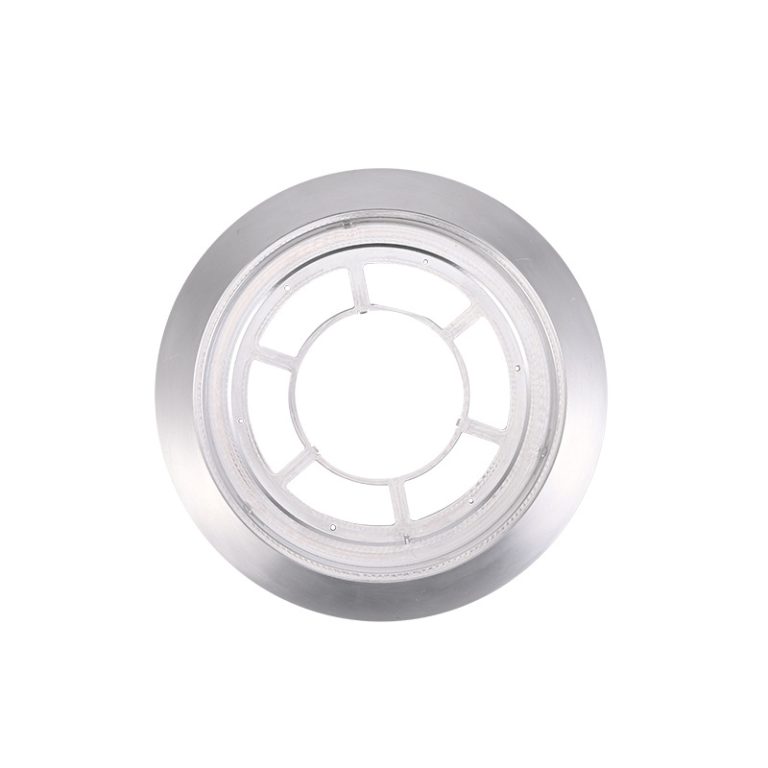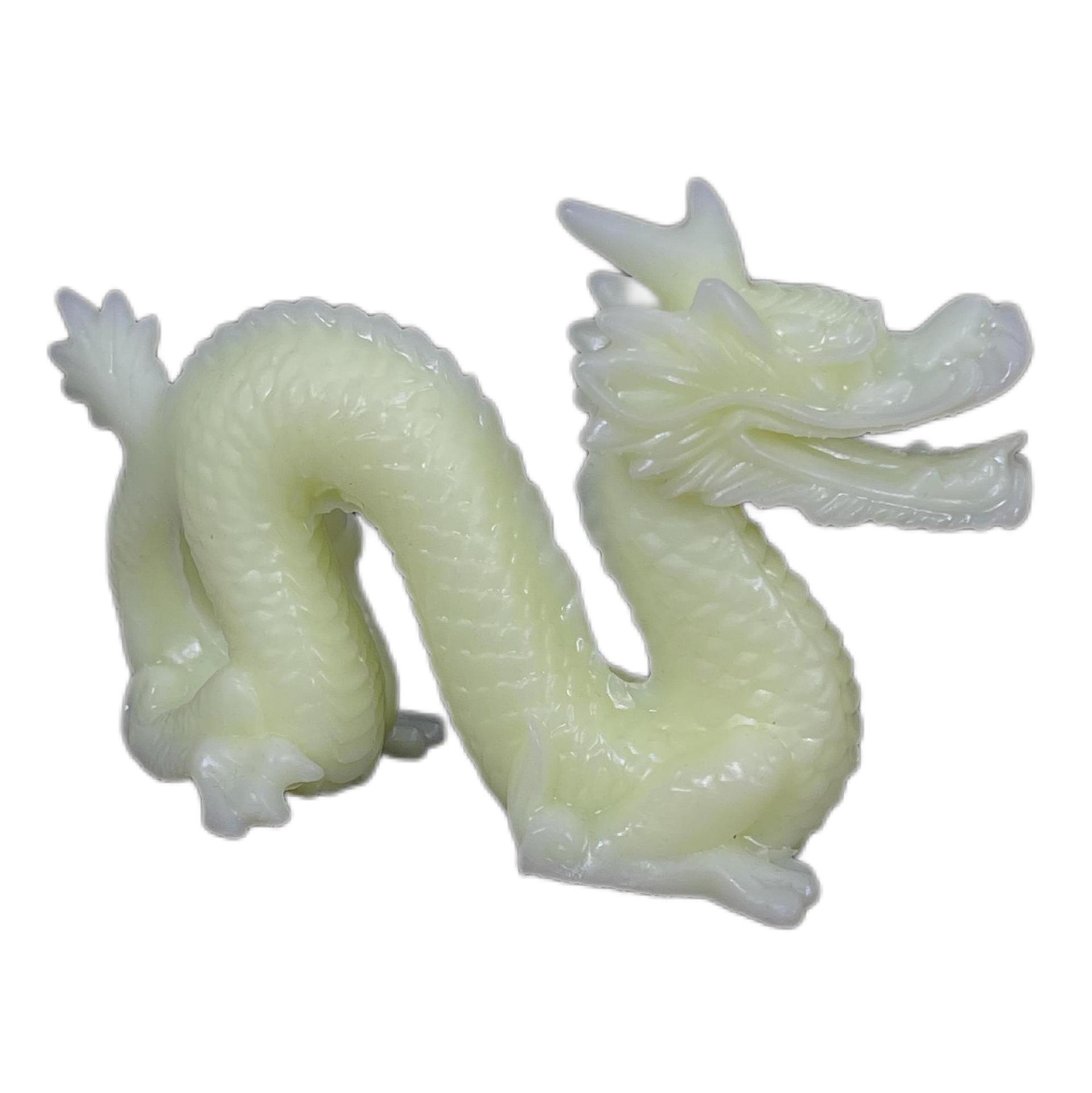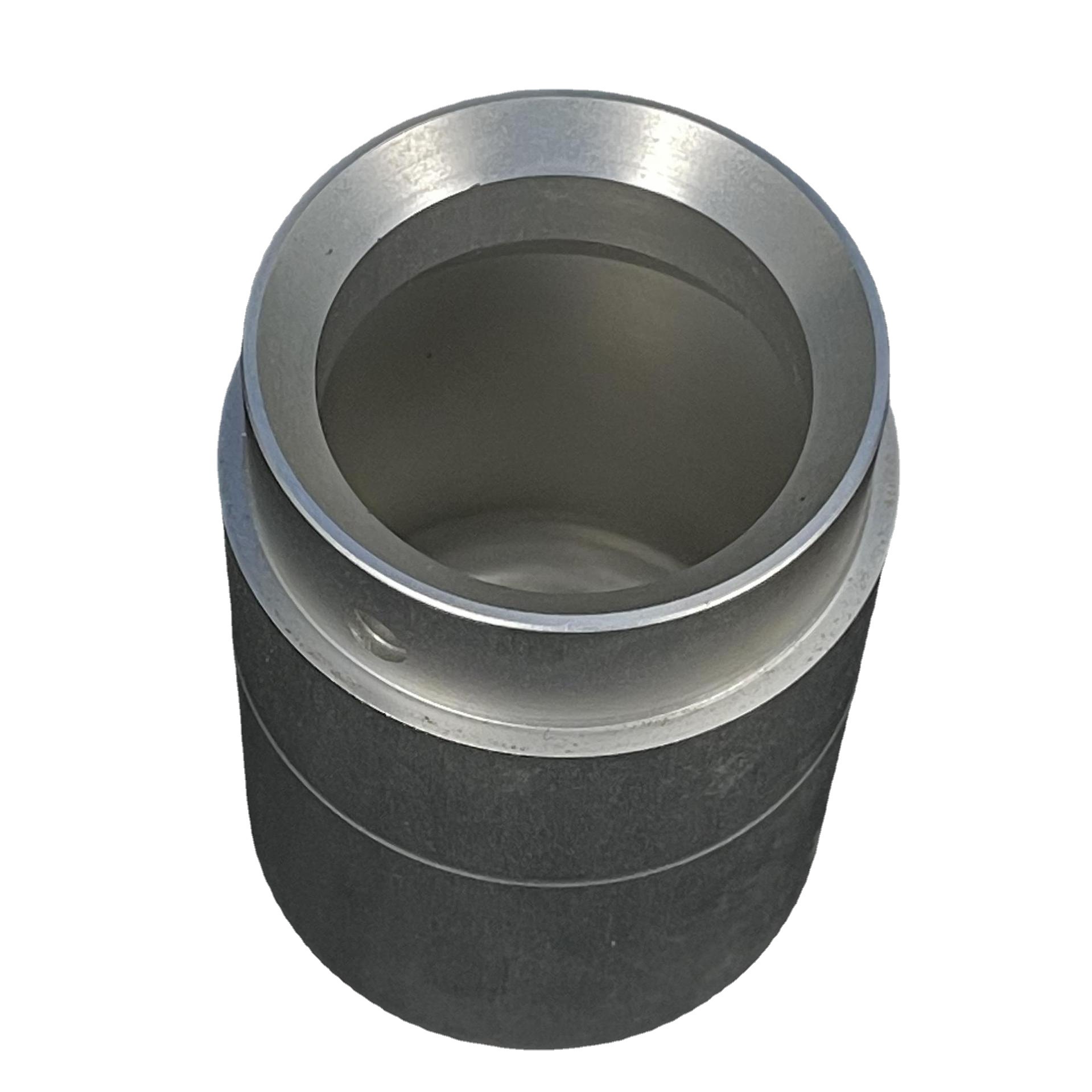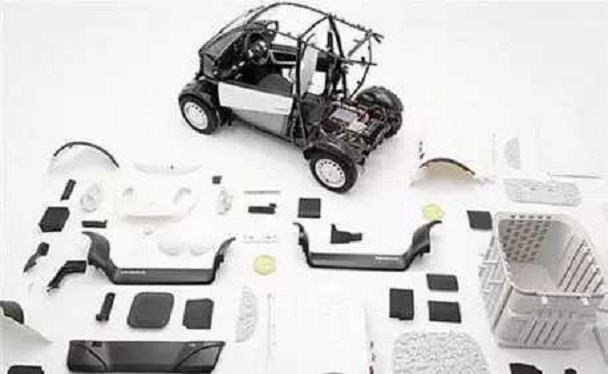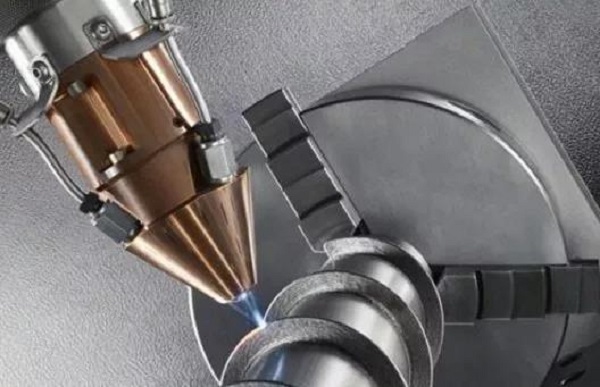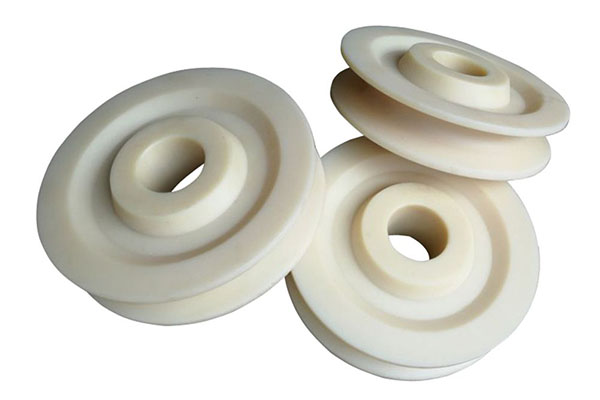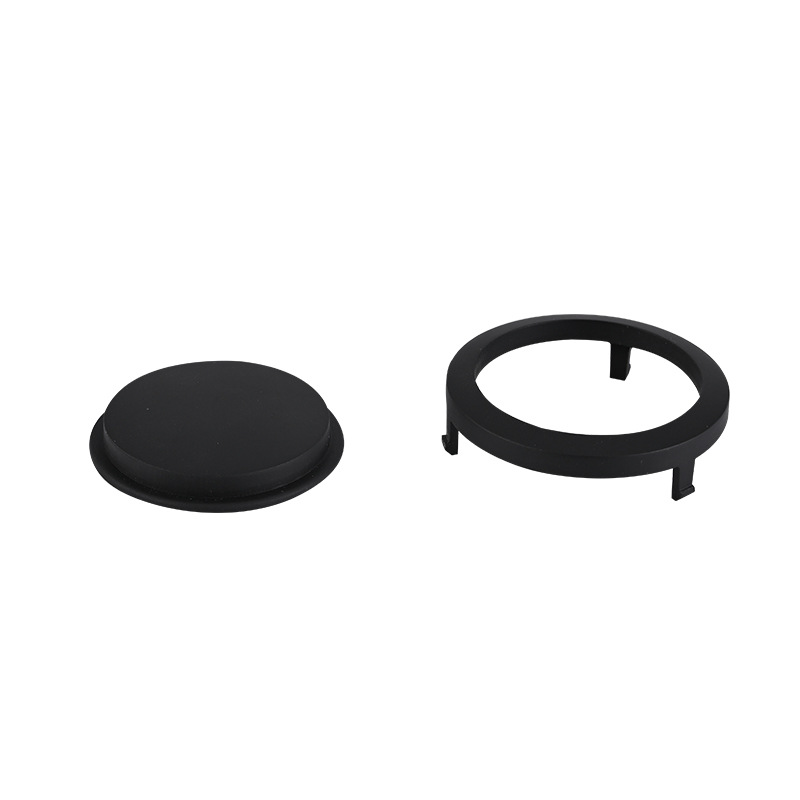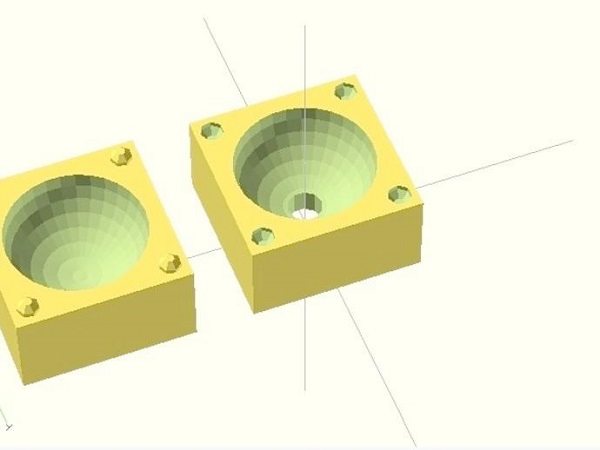Additive manufacturing (AM), commonly known as 3D printing, is a transformative technology that constructs objects layer by layer directly from digital designs. Unlike traditional manufacturing methods, which often remove material, AM builds parts by adding material, offering significant advantages such as reduced waste, enhanced design flexibility, and the ability to create intricate geometries. In this guide, we explore the main types of AM technologies, their processes, material compatibility, and industry applications.
Introduction to Additive Manufacturing
Definition and Key Benefits
Additive manufacturing refers to a family of processes that fabricate three-dimensional objects by sequentially layering material. This innovative approach enables:
- Complex Geometry: Designs that are challenging or impossible with traditional methods.
- Material Efficiency: Minimal waste compared to subtractive techniques.
- Customization: Tailored products for individual needs.
- Rapid Iteration: Faster prototyping and development cycles.
Challenges
Despite its advantages, AM has some limitations:
- Material Selection: Not all materials are compatible with every technology.
- Surface Finish: May require post-processing for smoothness.
- Production Speed: Often slower than traditional mass manufacturing.
Types of Additive Manufacturing Technologies
1. Stereolithography (SLA)
Process: SLA uses a laser to selectively cure a liquid photopolymer resin into a solid layer. Each layer is built sequentially until the object is complete.
Materials: Photopolymer resins, which vary in flexibility, durability, and biocompatibility.
Applications:
- Prototypes requiring high detail.
- Dental and medical models.
- Jewelry and intricate design prototypes.
Advantages:
- High precision and smooth surface finishes.
- Excellent for detailed and aesthetic applications.
2. Fused Deposition Modeling (FDM)
Process: A heated nozzle extrudes thermoplastic filament, depositing material layer by layer as it cools and solidifies.
Materials:
- Common: PLA, ABS, PETG, Nylon.
- Specialty: Carbon-fiber reinforced and flexible filaments.
Applications:
- Rapid prototyping.
- Functional testing parts.
- Educational and hobbyist use.
Advantages:
- Affordable and accessible.
- Wide material range.
3. Selective Laser Sintering (SLS)
Process: A laser selectively fuses powdered materials, such as plastic, metal, or ceramic, layer by layer. The unfused powder acts as a support structure.
Materials:
Applications:
- Functional prototypes.
- Aerospace and automotive parts.
- Medical implants and devices.
Advantages:
- No need for support structures.
- Durable, functional parts with complex geometries.
4. Digital Light Processing (DLP)
Process: Similar to SLA, DLP uses a projector to cure photopolymer resin, exposing entire layers at once for faster builds.
Materials: Photopolymer resins optimized for speed and detail.
Applications:
- Dental prosthetics.
- High-accuracy medical devices.
- Prototypes requiring speed and detail.
Advantages:
- Faster than SLA.
- High resolution and throughput.
5. Electron Beam Melting (EBM)
Process: An electron beam melts metal powders layer by layer in a vacuum, creating dense, high-strength parts.
Materials:
- Titanium.
- Cobalt-chrome.
- Stainless steel.
Applications:
- Aerospace turbine blades.
- Medical implants (e.g., orthopedic devices).
- High-strength structural components.
Advantages:
- Strong, dense metal parts.
- Ideal for high-performance industries.
6. Binder Jetting
Process: A binding agent is selectively deposited onto layers of powder material (metal, sand, or ceramics) to bond them. Post-processing strengthens the parts.
Materials:
Applications:
- Full-color prototypes.
- Metal and ceramic parts after sintering.
- Sand molds for metal casting.
Advantages:
- High-speed printing.
- Versatility in materials.
7. Material Jetting
Process: Print heads deposit droplets of material, which are then cured layer by layer. Different materials can be used simultaneously for multi-material objects.
Materials:
- Photopolymers.
- Wax for investment casting.
Applications:
- Prototypes with multiple material properties.
- Investment casting patterns.
- Detailed models with color and texture.
Advantages:
- High resolution and color capability.
- Multi-material printing.
Applications Across Industries
Aerospace
- Lightweight Components: Complex geometries reduce weight, improving fuel efficiency.
- Rapid Prototyping: Accelerates design iterations.
- End-Use Parts: Durable and high-strength parts, such as turbine blades and ducts.
Medical and Dental
- Custom Implants: Patient-specific prosthetics and orthopedic devices.
- Surgical Guides: Precisely tailored to individual anatomies.
- Dental Appliances: Crowns, bridges, and aligners.
Automotive
- Prototyping: Rapid iteration for new designs.
- Custom Parts: Low-volume production of specialized components.
- Tooling: Custom fixtures and jigs.
Consumer Goods
- Personalized Products: Tailored jewelry, eyewear, and accessories.
- Fashion: Unique and intricate designs.
- Home Goods: Decorative and functional items.
Conclusion
Additive manufacturing technologies are reshaping how products are designed, prototyped, and produced. Each AM method offers unique strengths and caters to different materials, applications, and industries. From creating lightweight aerospace components to producing patient-specific medical implants, the versatility and innovation of AM continue to revolutionize manufacturing. With ongoing advancements, the potential applications for AM are expanding rapidly, paving the way for a more sustainable and customizable future in production.
